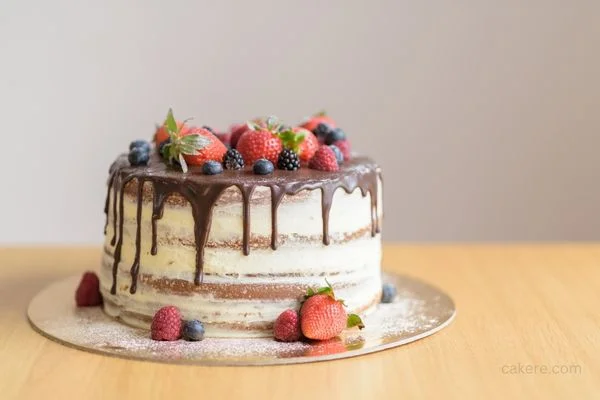Bebinca cake, a delightful dessert originating from the beautiful coastal state of Goa, holds a rich history and cultural significance. With its distinctive layered structure and unique flavor combination, this traditional Goan delicacy has captured the hearts and taste buds of people around the world.

Origins of Bebinca Cake
Portuguese Influence
The history of Bebinca cake can be traced back to the Portuguese colonization of Goa in the 16th century. The Portuguese brought along their culinary traditions, which blended with the local flavors and techniques to create a unique Goan cuisine.
Bebinca cake, also known as bibik, bebinca de leite, or bebinka, is believed to be an adaptation of the Portuguese dessert called “belem cake” or “belem pudding.” Over time, it evolved to incorporate local ingredients and flavors, becoming an integral part of Goan culinary heritage.
Traditional Goan Dessert
Bebinca cake holds a special place in Goan cuisine and is often associated with festive occasions and celebrations. It is particularly popular during Christmas and Easter, as well as at weddings and other important events.
This layered cake symbolizes warmth, love, and togetherness, making it a cherished dessert in Goan households.
Ingredients and Preparation
Layered Structure
One of the defining characteristics of Bebinca cake is its layered structure. Traditionally, it consists of seven to sixteen layers, each painstakingly prepared and stacked on top of one another.
The layers are made using a batter consisting of eggs, flour, coconut milk, sugar, and ghee (clarified butter). The cake is baked slowly, allowing each layer to caramelize and develop a rich, golden-brown color.
Unique Flavor Combination
Bebinca cake boasts a unique flavor profile that combines the sweetness of coconut, the richness of ghee, and a hint of cardamom or nutmeg.
The layers have a slightly dense and fudgy texture, with a delightful balance of sweetness and aromatic spices. The complexity of flavors and the indulgent mouthfeel make Bebinca cake a true culinary delight.
Recipe Variations
While the traditional recipe remains the most cherished, modern variations of Bebinca cake have emerged over time. Some variations include the addition of almonds, cashews, or raisins to the batter, adding a delightful crunch and extra layers of flavor.
Some adventurous bakers also experiment with incorporating chocolate or fruit fillings between the layers, offering exciting twists to this classic Goan dessert.
Cultural Significance
Festivals and Celebrations
In Goa, Bebinca cake is an integral part of festive traditions and celebrations. During Christmas and Easter, families gather to prepare this cherished dessert together. It symbolizes the joy and togetherness of these special occasions, and its presence on the dining table adds a touch of sweetness to the festivities.
Symbol of Goan Cuisine
Bebinca cake holds a significant place in Goan cuisine and serves as a symbol of the region’s culinary heritage.
It represents the fusion of Portuguese and local flavors, showcasing the cultural diversity and historical influences that shape Goa’s food traditions. Its popularity extends beyond the borders of Goa, making it a proud ambassador of Goan cuisine worldwide.
Popularity and Global Reach
Influence on Other Cuisines
The fame of Bebinca cake has transcended geographical boundaries and influenced other culinary traditions. Its layered structure and unique flavor combination have inspired variations in desserts across different cuisines.
In places like Macau, Malaysia, and Singapore, which also have Portuguese influences, variations of Bebinca cake can be found, showcasing the enduring legacy of this Goan delicacy.
Bebinca Cake in Modern Times
With the advent of global travel and the ease of sharing recipes online, Bebinca cake has gained popularity beyond the confines of Goa and the Indian subcontinent.
It has become a sought-after dessert in upscale restaurants, food festivals, and gourmet markets. As people continue to explore diverse flavors and culinary experiences, Bebinca cake stands out as a true gem, captivating food enthusiasts with its rich history and indulgent taste.
Conclusion
The history of Bebinca cake is intertwined with the cultural heritage of Goa. Its origins from Portuguese influences and the amalgamation of local flavors have resulted in a unique dessert loved by many.
The layered structure, unique flavor combination, and cultural significance make Bebinca cake a true culinary masterpiece.
